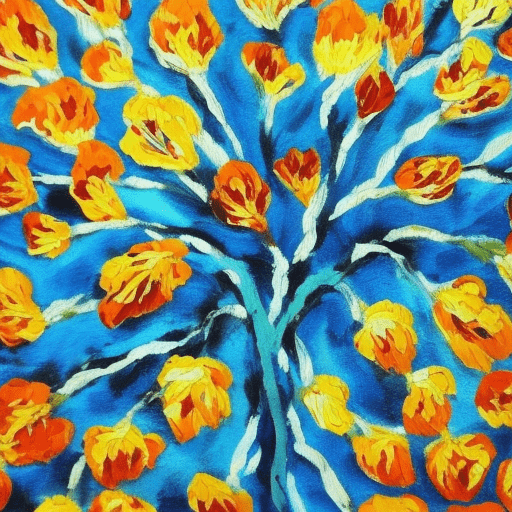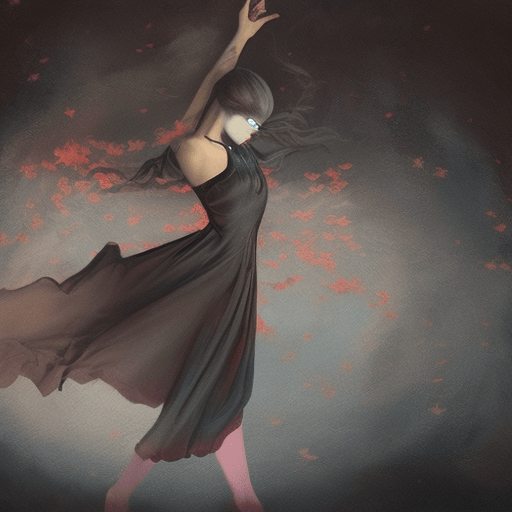Maudie by Aisling Walsh
One-line summary: Maudie is a biographical drama that tells the inspiring story of Maud Lewis, a Canadian folk artist who overcomes physical challenges to find her voice through her art.
Main Cast and Crew:
- Director: Aisling Walsh
- Writer: Sherry White
- Key Actors: Sally Hawkins as Maud Lewis, Ethan Hawke as Everett Lewis
- Music Director: Michael Timmins
- Director of Photography: Guy Godfree
- Producers: Bob Cooper, Mary Young Leckie, Mary Sexton, Susan Mullen
Plot:
Maudie is set in the 1930s in Nova Scotia, Canada. The film follows the life of Maud Lewis, a talented but physically disabled artist. Maud suffers from severe arthritis, which limits her mobility and causes her constant pain. Despite her physical challenges, Maud is determined to live an independent life and pursue her passion for painting.
Maud’s life takes a turn when she answers an advertisement for a housekeeper placed by Everett Lewis, a gruff and reclusive fish peddler. Maud convinces Everett to hire her, and she moves into his small, rundown house. As Maud settles into her new role, she discovers her love for painting and begins to transform the house with her colorful and whimsical artwork.
As Maud’s paintings gain recognition and popularity, her relationship with Everett becomes more complicated. Everett is initially resistant to Maud’s artistic pursuits and struggles to understand her passion. However, as he witnesses the joy and fulfillment that painting brings to Maud’s life, he begins to appreciate her talent and supports her artistic endeavors.
The film explores the evolving relationship between Maud and Everett, as they navigate their differences and find solace in each other’s company. Maud’s art becomes a source of inspiration and hope for both of them, allowing them to overcome their personal struggles and find beauty in the simplest of things.
Themes and Motifs:
Maudie delves into themes of resilience, creativity, and the transformative power of art. Maud’s physical disability serves as a metaphor for the barriers she faces in society, and her determination to pursue her passion despite these challenges is a testament to the human spirit. The film also explores the healing power of art, as Maud’s paintings not only bring joy to others but also provide her with a means of self-expression and liberation.
Reception and Legacy:
Upon its release, Maudie received critical acclaim for its heartfelt performances and compelling storytelling. Sally Hawkins’s portrayal of Maud Lewis was particularly praised, earning her nominations for several prestigious awards. The film also received recognition for its cinematography and production design, capturing the beauty of the Canadian landscape and Maud’s vibrant artwork.
Maudie’s legacy lies in its celebration of an overlooked artist and the power of art to transcend adversity. The film brings attention to Maud Lewis’s remarkable life and her significant contribution to Canadian folk art. It serves as a reminder that creativity knows no bounds and that art has the ability to touch lives and inspire others.
Recommendation:
Maudie is a touching and inspiring film that beautifully captures the life of Maud Lewis and her journey as an artist. Sally Hawkins delivers a remarkable performance, bringing Maud’s spirit and resilience to life. The film’s exploration of love, art, and the triumph of the human spirit will resonate with viewers who appreciate stories of overcoming adversity and finding beauty in unexpected places.
Memorable Quote:
“Nobody’s gonna take my joy away.” – Maud Lewis












